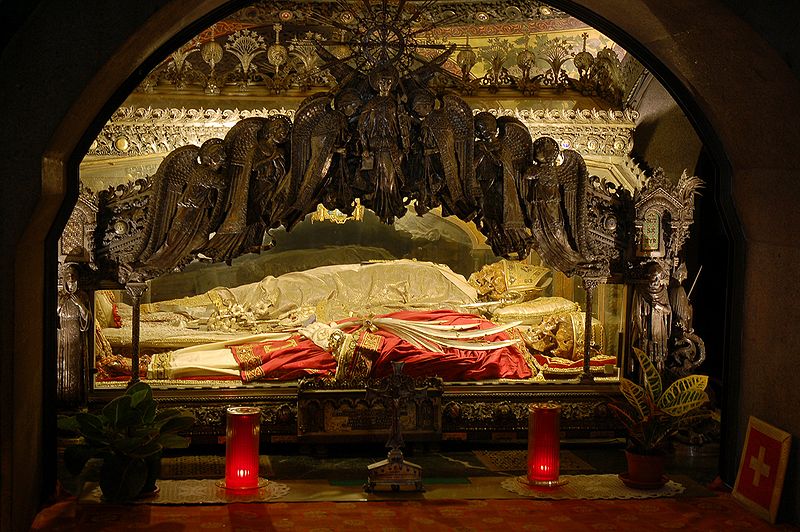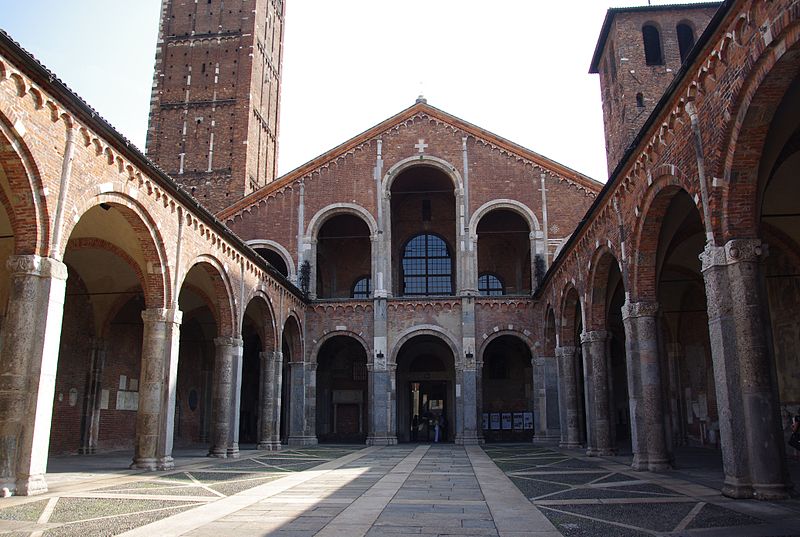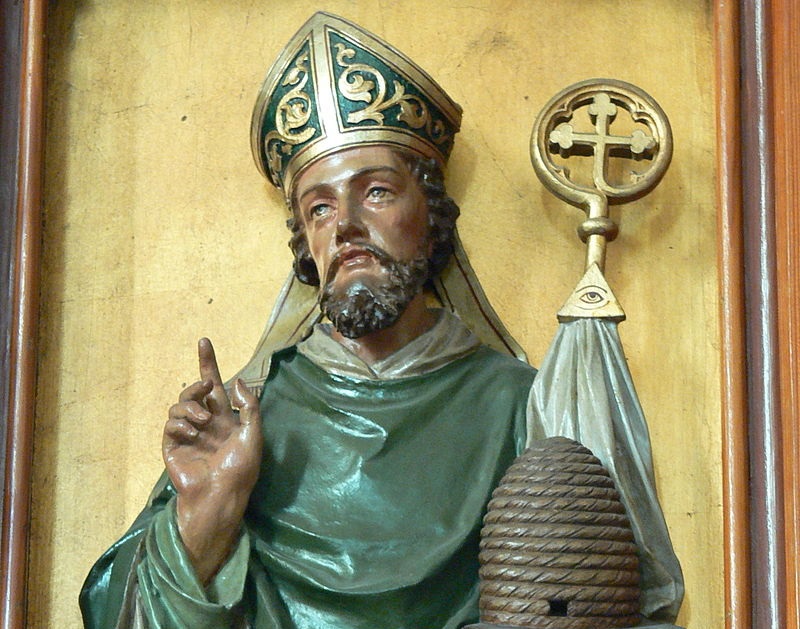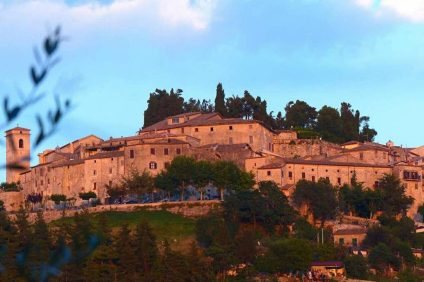Friday December 7, as every year, Milano will be celebrating to commemorate his patron, Sant'Ambrogio. A central figure in the history of the Church, bishop and theologian, a basilica is also dedicated to him that was a cathedral before the creation of the Duomo, as well as cloisters and gardens.
The bishop of Christians
Aurelio Ambrogio, better known as Sant'Ambrogio, was born in 339 in Germany, more precisely in Trier, from a very wealthy Roman and Christian family. Following in the footsteps of his father, he began his studies in the administrative field at a very young age. His strong diplomacy it was often a winning weapon in the conflicts between Christians and Aryans. And it was precisely the death of the Arian bishop Aussentius that opened the episcopal path to the saint. The legend, in fact, tells that during the umpteenth conflict between the two factions, after the death of Aussentius, inside the church of the city the voice of a child was heard who shouted: "Ambrose bishop!". Despite the resistance of the latter, who in every way tried to avoid the task requested by popular acclaim, since he did not feel ready for this honor, in the end he had to yield to the will of the people, although he had not yet received the sacrament of baptism.

Over the course of his life, Sant'Ambrogio became an increasingly important figure within the Christian Church. Once he became bishop he renounced all his possessions, granting them to the needy. He introduced many elements of the Eastern liturgies into the Western Rite, such as songs and hymns. The liturgical reforms he introduced constitute the Ambrosian Rite, which still exists today.
The Basilica of Sant'Ambrogio
Sant'Ambrogio died in 397 and his remains are kept in the church dedicated to him, which Ambrose himself had built in the area where some Christian martyrs were buried. It was in fact built between 379 and 386. Over the following centuries it was subjected to enlargement and the construction of the lantern, which took place in the XNUMXth century. It is preceded by a large four-sided portico, which embraces the faithful entranced at the sight of the large gabled façade and the two bell towers. The first is said Bell tower of the Monks, The second one Bell tower of the Canons. The plant is basilical, as often happens in early Christian churches, and has a large loggia aimed at welcoming women (matroneum) above the side aisles.

Inside the church we find an apse on two levels. In the upper one we find the XNUMXth century choir, while in the lower section there is the crypt which houses the remains of Sant'Ambrogio, San Gervasio and San Protasio. On the left of the portico there is a column with two holes side by side (probably a gate was attached to it). La devil's column, as it is called by the Milanese, the legend tells of a clash between the saint and the devil, whose horns were stuck in the column, sanctioning its defeat. It seems that approaching the holes you can still hear the smell of sulfur and the screams coming from hell!
The Fair of Oh well Oh well
On the occasion of the feast of Sant'Ambrogio, the city of Milan, the Italian capital of fashion, economy and nightlife, also stops. The sacred rite, in fact, is accompanied by the popular event, which is linked to a tradition that dates back to late sixteenth century. On 7 December 1510, in fact, a messenger of Pope Pius IV was sent to rekindle the faith of the Milanese. He brought them gifts and sweets, sparking the euphoria of the citizens.

This is the beginning of the tradition Fair of Oh well Oh well (interjection indicating the amazement of young and old in front of those gifts). This party is nothing but a Christmas market, which is set up near the Castello Sforzesco on 7 December, until the following Sunday. This tradition, combined with the Feast of the Immaculate Conception the next day, is an important one anticipation of Christmas, where the Milanese can take a well-deserved rest after a working year to buy gifts for their loved ones and decorate their homes and their city for the Christmas.





